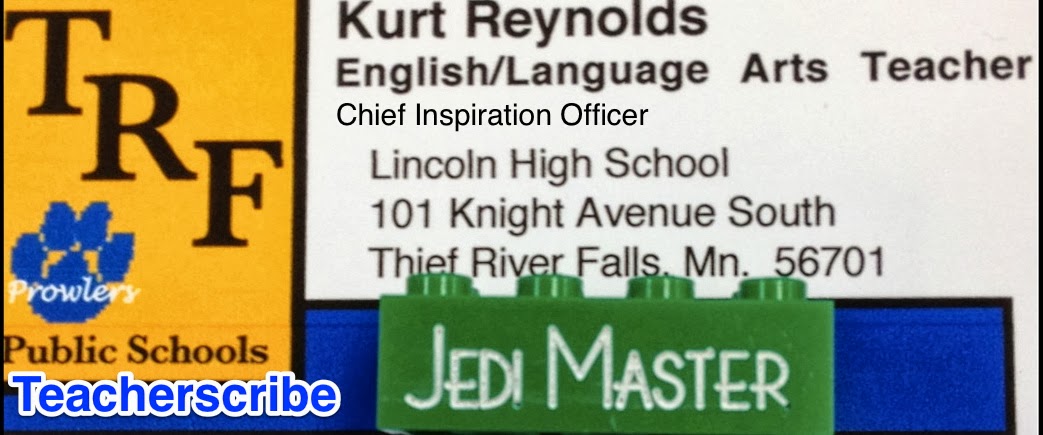“Now the character is carrying a vampire baby but its eating her from the inside,” Maddy says.
“What? I didn’t know that?” Another student says.
“Oh just wait until . . . “
“Paige! Don’t say another word! I don’t know what happens. I’m not that far yet!” Maddy says.
“That’s the problem with everyone reading the same series,” Cambell says, referring to the Twilight series.
“I know. Someone told me that Dumbledore dies, I was mad!” Travis said.
“What?” Maddy roared. “Dumbledore dies?”
“You don’t know that?” I say. I can’t take it anymore.
“No! I haven’t gotten to that book yet?”
“Yeah, he dies. Snape kills him,” Travis said.
“What? Why?” another student asks.
“Well, just tell me what happens now! I have to know.”
Now, how can I get them to talk about Mockingbird this way?
These students are active readers. Just listening to them, Travis is making predictions about what will happen in the Twilight series. Campbell is using context clues to make inferences about what might happen. Maddy is using imagery to make the character come alive. “Marcus you look just like the werewolf in the novel,” she declares.
Now they are complaining about how Walmart doesn’t keep enough books in stock. Campbell, who works with my niece at Kmart, is bragging how they keep the books in stock.
Again, how can I get them to talk about Mockingbird this way?
I’m not complaining. One student tells me that her father is a major fan of the film. Another student has even bought her own version of the book while at least half a dozen have already finished Mockingbird and are re-reading it.

No comments:
Post a Comment